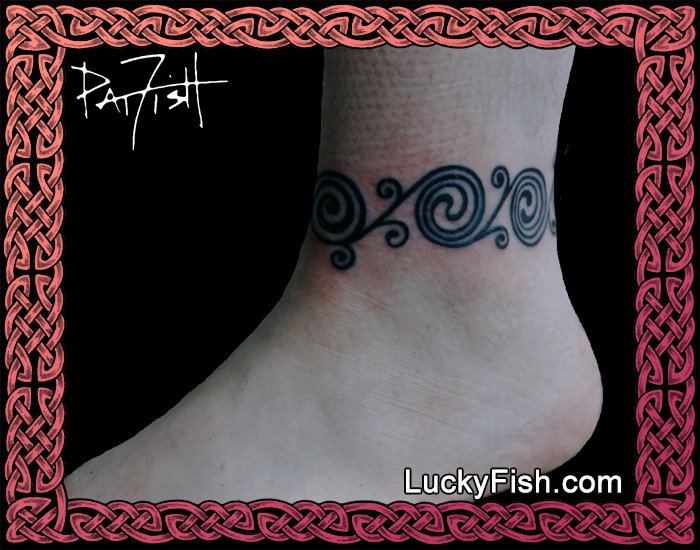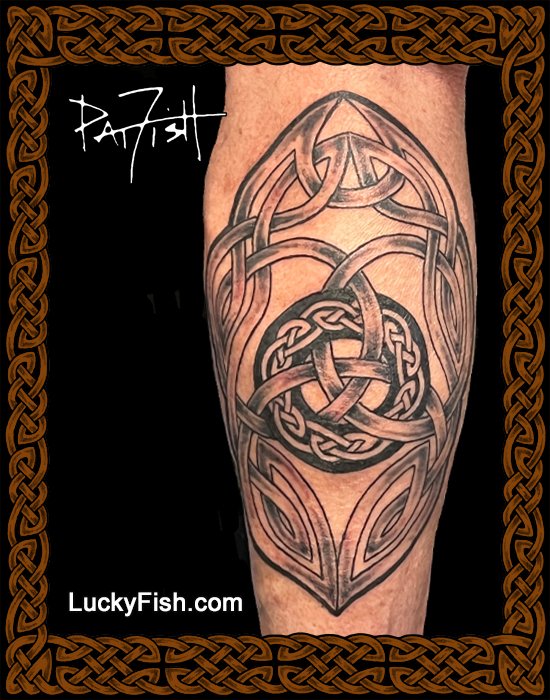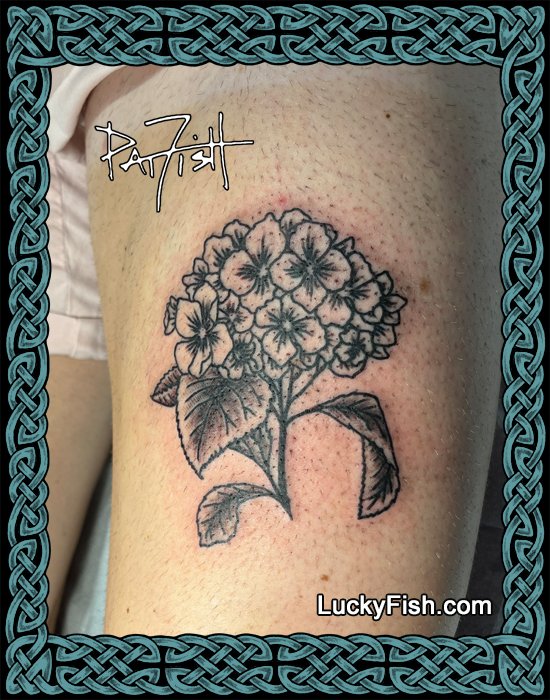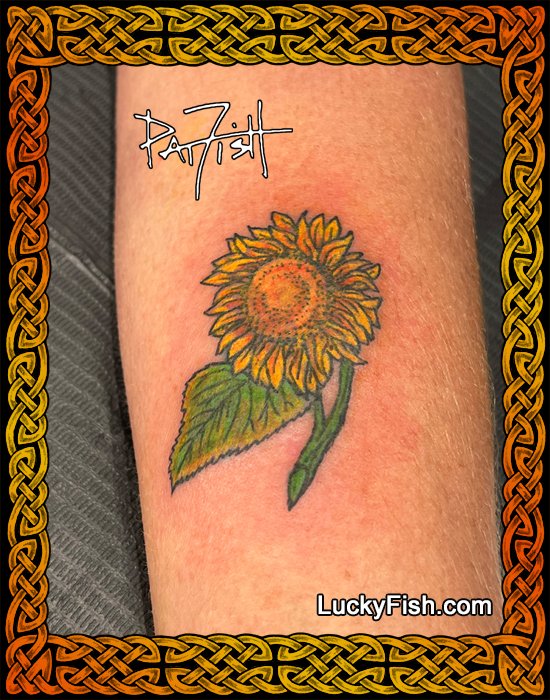In the world of tattoos, there exists a captivating design that has stood the test of time and continues to enchant enthusiasts with its mystic allure - the Celtic spiral tattoo. Rooted in ancient Celtic culture, this timeless symbol holds deep significance and carries a unique aesthetic that appeals to people from all walks of life.
Unveiling the Origins of the Celtic Spiral Tattoo
To truly appreciate the beauty of a Celtic spiral tattoo, one must first understand its historical roots. The Celts, an ancient group of peoples hailing from various regions in Europe, held a deep reverence for nature and the cycles of life. This profound connection with the natural world found expression in their art, including the mesmerizing spirals that have become synonymous with their culture.
The Celtic spiral is believed to have originated over 2,500 years ago, during the Iron Age. It was used in their intricate metalwork, illuminated manuscripts, and stone carvings, and often symbolized concepts like the eternal cycles of life, death, and rebirth, as well as the interconnectedness of all things. The Celts believed in the idea of continuity and the cyclical nature of existence, which the spiral elegantly embodies.
Read MoreTattoos have been a form of self-expression for centuries, carrying deep meanings and personal stories. One such tattoo that has gained popularity in recent times is the knot tattoo, which is not only visually striking but also rich in symbolism. Let's explore the fascinating world of knot tattoos, their history, meanings, and why they continue to captivate the hearts and minds of tattoo enthusiasts worldwide.
A Historical Perspective of the Knot Tattoo
The knot tattoo draws inspiration from the rich heritage of Celtic, Norse, and other ancient cultures. The Celtic knot, in particular, is one of the most iconic knot designs. Its origins can be traced back to the Celtic people, who inhabited parts of Europe from as early as 500 BC.
Celtic knots are characterized by their intricate, looping patterns with no clear beginning or end, symbolizing the eternal cycle of life, death, and rebirth. The Celtic belief in the interconnectedness of all things is beautifully encapsulated in this design.
Read MoreIn the world of body art, tattoos have evolved from being mere symbols of rebellion to becoming meaningful expressions of individuality and artistry. Among the myriad options available, the hydrangea flower tattoo has emerged as a popular choice, capturing the hearts of tattoo enthusiasts with its timeless elegance and rich symbolism. Let’s delve into the beauty and significance of the hydrangea flower tattoo, exploring its origins, meanings, and why it has become a cherished design among tattoo aficionados.
The Allure of the Hydrangea Flower Tattoo
The hydrangea flower, with its delicate petals and vibrant hues, holds a unique place in the world of botanical art. Its captivating appearance, which ranges from pale blues and purples to soft pinks and whites, provides tattoo artists with a versatile canvas to work on. The intricate layers of petals and the lush foliage make the hydrangea an ideal subject for intricate and detailed tattoo designs, appealing to those seeking a blend of sophistication and symbolism in their body art.
Read MoreTattoos have transcended their status as mere body art to become profound expressions of identity, beliefs, and emotions. Among the myriad tattoo designs, the sunflower tattoo stands out as a vibrant symbol of positivity, growth, and beauty. This article delves into the captivating world of sunflower tattoos, exploring their rich symbolism, cultural significance, and various design possibilities.
The Symbolism of Sunflowers and the Sunflower Tattoo
Sunflowers have long captivated human imagination with their remarkable beauty and unique growth patterns. As their name suggests, these flowers exhibit a tendency to face the sun, symbolizing warmth, light, and positivity. In the realm of tattoos, sunflowers are often chosen as representations of personal growth, happiness, and a bright outlook on life.
Read More



